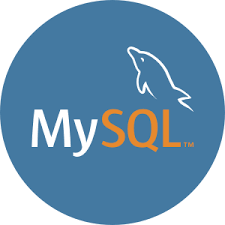MySQL Create Database

A database is used to store the collection of records in an organized form. It allows us to hold the data into tables, rows, columns, and indexes to find the relevant information frequently. We can access and manage the records through the database very easily.
MySQL implements a database as a directory that stores all files in the form of a table. It can be done by following way:
- MySQL Workbench
MySQL Workbench
It is a visual database designing or GUI tool used to work with database architects, developers, and Database Administrators. This visual tool supports SQL development, data modeling, data migration, and comprehensive administration tools for server configuration, user administration, backup, and many more. It allows us to create new physical data models, E-R diagrams, and SQL development (run queries, etc.).
To create a new database using this tool, we first need to launch the MySQL Workbench and log in using the username and password that you want. It will show the following screen:

Now do the following steps for database creation:
1. Go to the Navigation tab and click on the Schema menu. Here, we can see all the previously created databases. If we want to create a new database, right-click under the Schema menu and select Create Schema or click the database icon (red rectangle), as shown in the following screen.

2. The new Schema window screen open. Enter the new database name (for example, employeedb) and use default character set and collation. Now, click on the Apply button as shown in the screen below:

3. A new popup window appears. Click on the Apply button.

4. A new popup screen appears. Click on the Finish button to complete the database creation.

5. After successful database creation, we can see new databases in the Schema menu. If we do not see this, click on the refresh icon into the Schema menu.
6. We can see more information about the database by selecting the database and click on the ‘i’ icon. The information window displays several options, like Table, Triggers, Indexes, Users, and many more.

7. MySQL Workbench does not provide an option to rename the database name, but we can create, update, and delete the table and data rows from the database.

